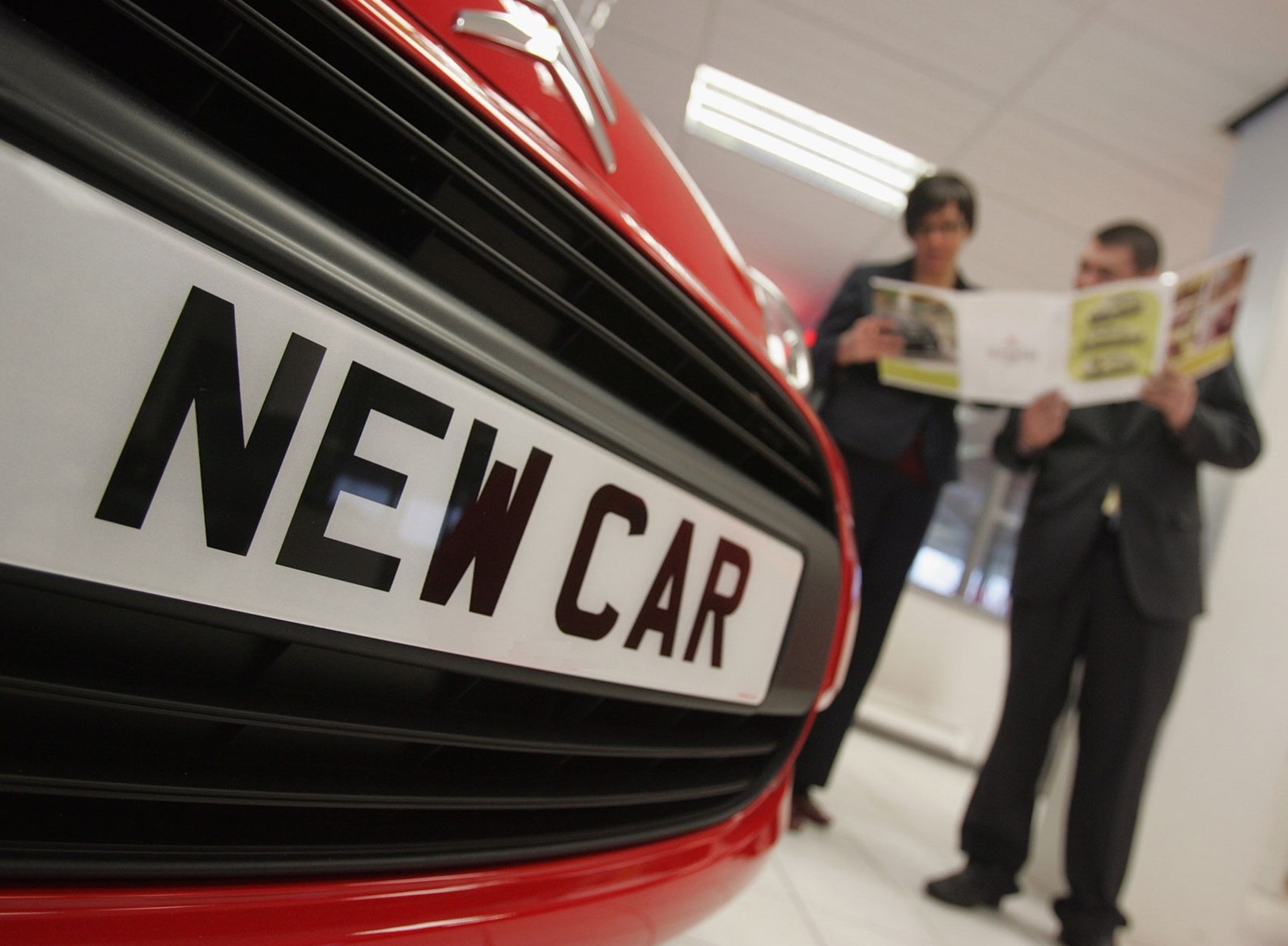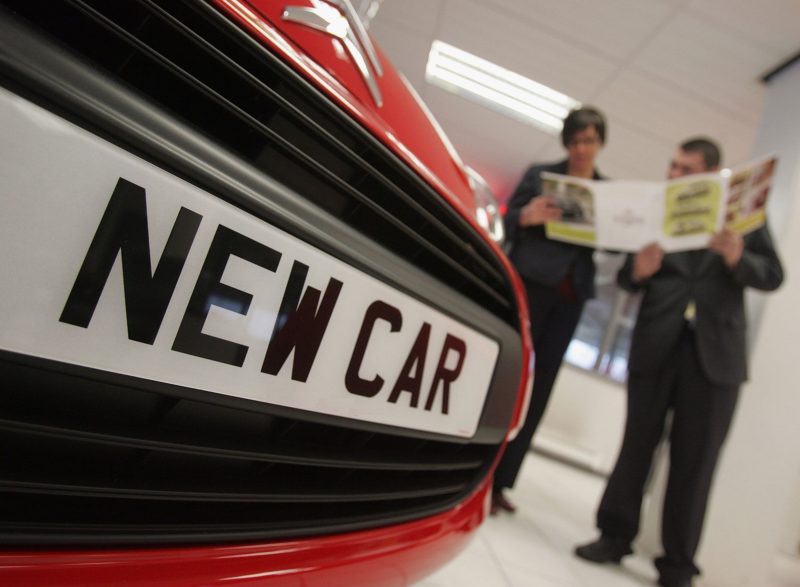
The freedom being able to drive affords us allows us to experience the world in a variety of new and interesting ways. From a simple trip to the local grocery store to that much-anticipated vacation, driving gives us the ability to accomplish and enjoy so much more of what life has to offer.
Whilst driving with a disability may seem scary and intimidating, perhaps even impossible, it’s doesn’t have to be. With advancements in vehicle adaptations, more and more disabled can discover, or rediscover, the independence offered by adapted vehicles, either privately or through the Motability Scheme.
What adapted vehicles offer
Adapted vehicles solve a wide variety of challenges for those with disabilities. Car Adaptations can range from simple steering balls to full Drive From Wheelchair customisations, depending on the needs of our customers. After a thorough assessment, Ergomobility will be able to offer the best solution to meet your needs, helping you to confidently operate your vehicle and opening up a whole new world of exploration.
Here are just a few of the adaptations available: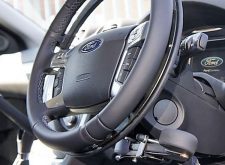
Hand Controls
Hand controls allow people with limited lower body movement to control the adapted vehicle’s accelerator and brake with the use of paddles, rings or levers around the steering wheel.
Left Foot Accelerator
Adapted vehicles with an automatic gearbox and left foot accelerator are perfect for people who have limited movement on the right side of their body, allowing them to use the pedals with a single foot.
Radio Remotes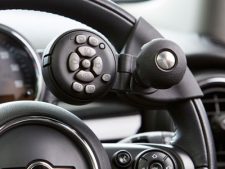
Radio remotes are particularly useful for people who find it difficult or impossible to drive with two hands and allows access to other in-car controls via a keypad on the steering wheel. These include the radio, air conditioning, windscreen wipers etc.
Radio remotes can also come with a miniature steering function or stick steering which allows you to control the movement of the car within a much smaller area.
Wheelchair Hoists
While driving is the end goal, you first have to be able to enter and exit the vehicle and sit comfortably enough to drive. This is the realm of the wheelchair hoist, which will help to lift either a driver or passenger from their seat into the car.
Swivel Seats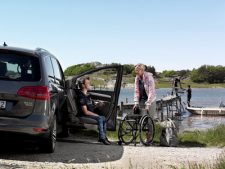
Another accessibility adaptation is the swivel seat, which allows the driver or passenger to unlock the seating position and turn the seat to the side, making ingress and egress a much simpler task.
Drive From Wheelchair
Although one of the more complicated vehicle adaptations, wheelchair driving is also possible for several people. The ability to access the adapted vehicle’s full functionality from your wheelchair means that it will necessitate a larger vehicle with ramp access. However, the benefit is that you won’t need to transition to and from your wheelchair to go for a drive.
The Process
How difficult it will be to learn to drive with a disability is not an easy choice to make and the process can be difficult. Ergomobility is here to help you each step of the way and can provide information and recommendations for each step of the process.
Step one is to undertake an assessment to determine exactly what kind of adaptations you will need to safely operate your vehicle.
If you can find a driving instructor with a suitably adapted vehicle, you could start learning to drive a mobility car straight away. Alternatively, you will need to secure a car with the required changes first (which may take some months).
However, once you are proficient and have your licence, the freedom and independence your adapted vehicle will provide are priceless.
For more information about adapted vehicles, you can contact our friendly and knowledgeable team on 01444 882233 or info@ergomobility.co.uk. Alternatively, head on over to our contact page and fill out the enquiry form.

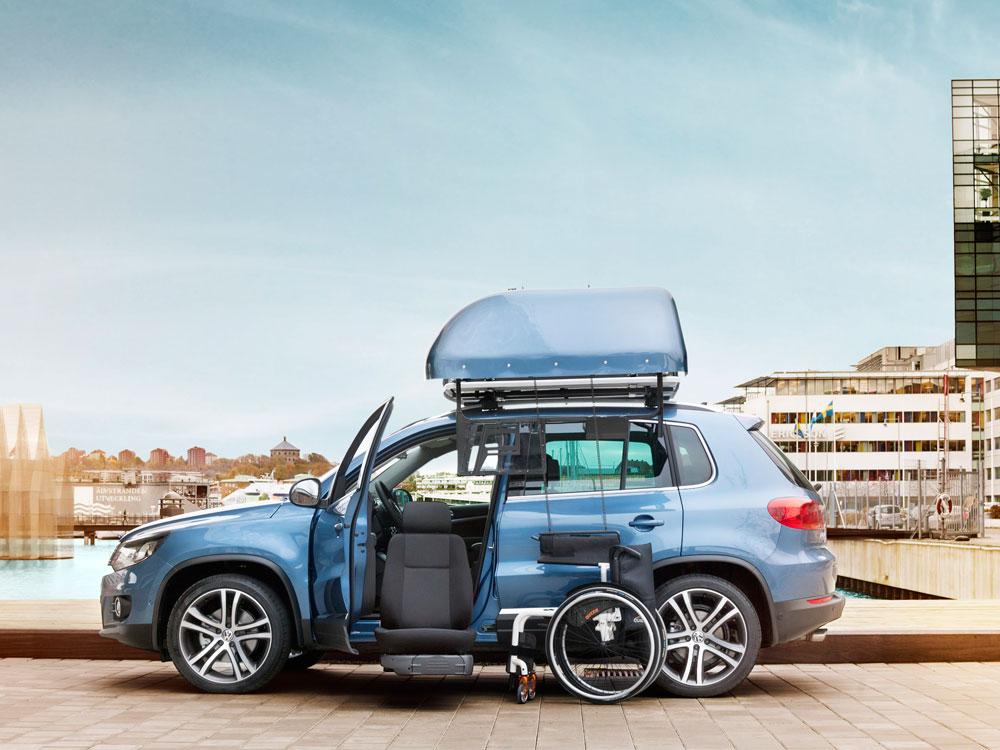
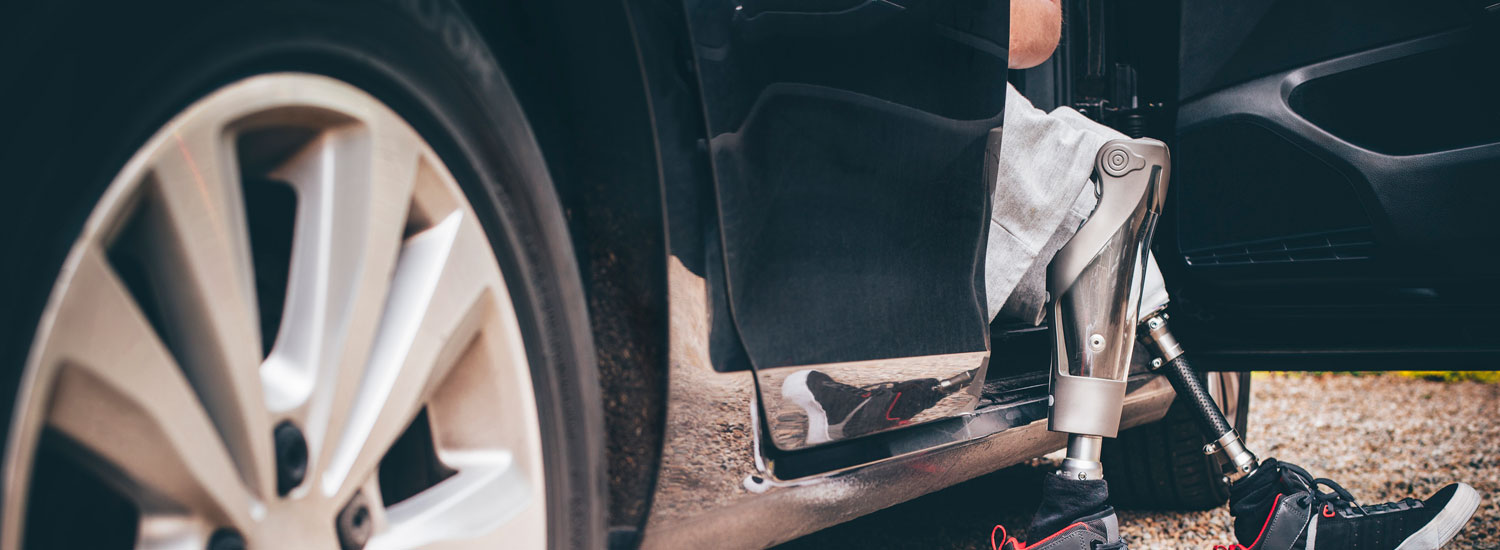


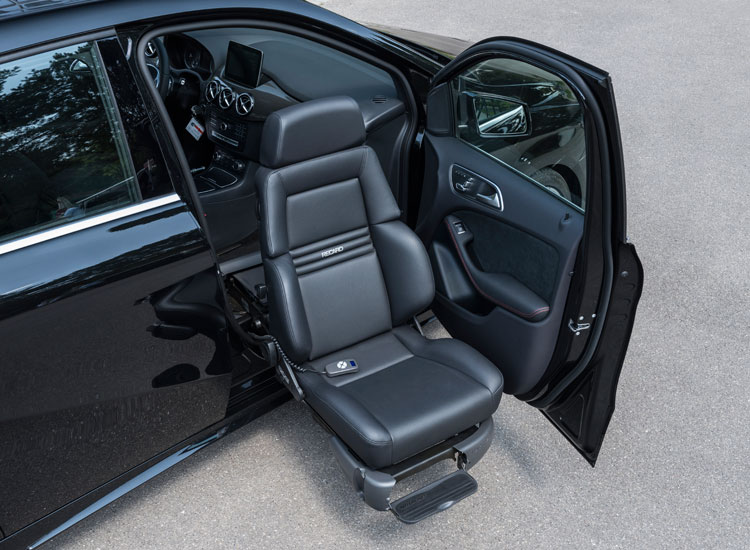
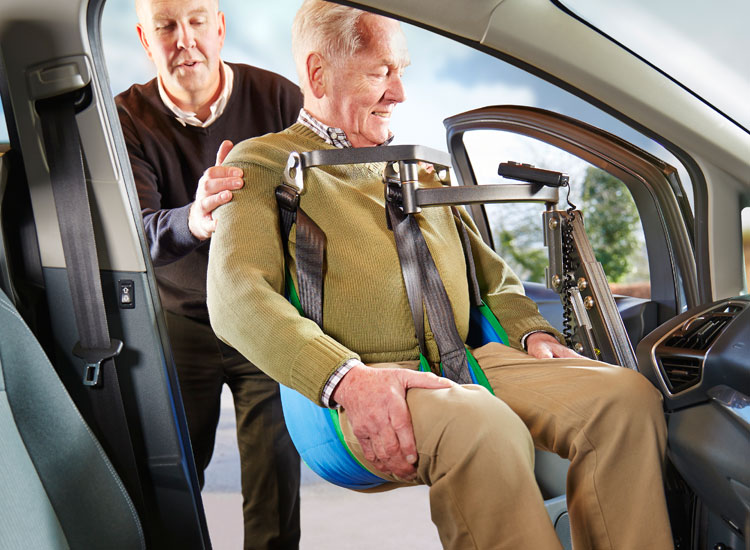
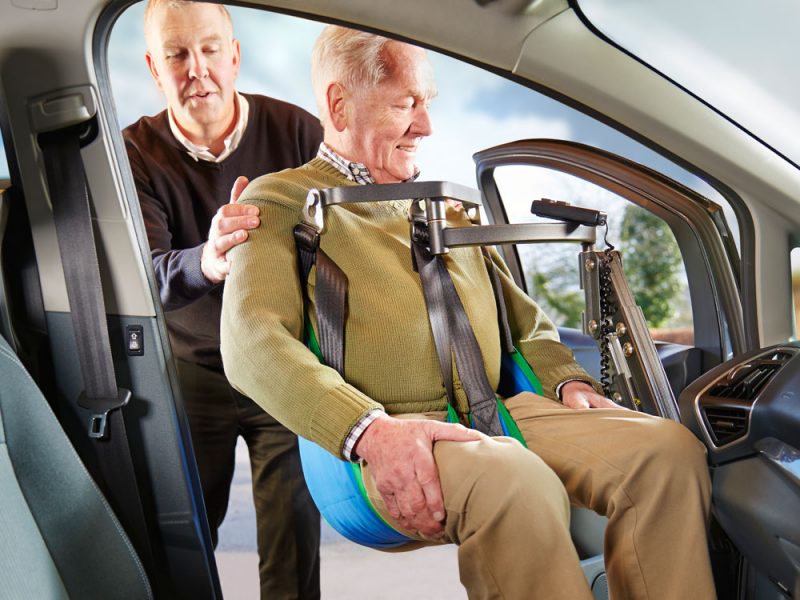 For
For 